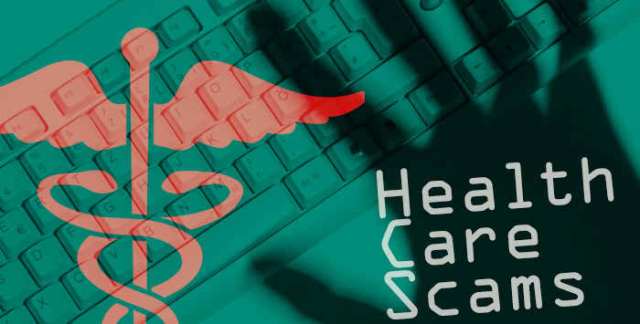
Even traditional fraud schemes can be difficult to detect, and new methods will only make things more difficult for security teams watching healthcare dollars, says Shimon R. Richmond, special agent in charge at the Miami Regional Office in the Office of Investigations for the Office of the Attorney General.
Richmond gave a presentation on healthcare fraud trends on November 16 at the annual National Healthcare Anti-Fraud Association conference in Orlando, and says hypervigilance is key because obvious red flags are rare.
Where fraud is most prevalent
Richmond says these methods are often based in home health care, personal services, community-based services, and hospice care.
“We see a lot of unnecessary services and billing for services not provided. In the personal care services arena there are a lot of incestuous relationships in terms of who’s providing the care, who’s receiving the care, and who’s billing,” Richmond says. “One really kind of significant theme is pervasive and that’s the overwhelming influence of kickbacks in every area of fraud that we’re seeing.”
Kickbacks can be difficult to detect because this type of fraud often occurs outside of medical systems, he says. Data analytics systems can help, particularly if a system can recognize spikes in billing patterns or from certain providers.
“That’s a red flag. There are those anomalies that we can identify in a proactive manner. But the outside financial arrangements are really something that law enforcement is really only able to get into once we delve into an investigation,” Richmond says.
New fraud trends
Emerging fraud trends are another challenge when counteracting fraud. It’s difficult to get in front of a new problem that hasn’t been seen before, and the game is always changing, Richmond says.
Recently, Richmond says he has seen an uptick in inappropriate prescriptions for SUBSYS (fentanyl sublingual spray), which is meant to be prescribed to treat breakthrough pain in cancer patients.
“We’ve seen a huge issue lately where it is being marketed and prescribed to noncancer patients,” Richmond says. “Huge amounts of this drug are being prescribed, but the prescriber is not an oncologist.”
Pharmacies can also be involved in fraudulent activities by searching patient insurance plans to find high-cost prescriptions that can be filled and paid for. The pharmacies then target those consumers to push medications they don’t need, or bill for prescriptions that are never filled.
“A lot of times it’s a bait-and-switch type situation where they’ll do some kind of advertising for a knee brace or some other kind of thing just to get patients to call a number,” Richmond says. Once patients call, they are told the product they were interested in is not available but are offered a more expensive substitute. “There are a lot of marketing companies out there that are acting as lead generators where they are essentially selling to patients the idea of trying out these pains creams or scar creams.”
Hospitals and provider groups in financial distress are also becoming involved in fraud schemes, setting up in-house labs or working with outside labs to generate claims, often for fraudulent genetic testing or urine/drug screens. They may bill for unneeded tests with a kickback, or collect samples that never get tested but are still billed, he says.
Cyber threats and identity theft also continue to be a problem, Richmond says, with a huge spike in the area of telemedicine.
New fraudsters enter the arena
“We are seeing bulk cash transfers, weapons caches, and drug organizations migrating in as they develop their technological abilities and acumen in how to exploit electronic health records,” Richmond says. “This is kind of an evolving threat, and unfortunately, so much of the information is obtainable either online or through an employee that compromises the organization and practice.”
Security teams have to focus on trending information from data on encounters and billing practices, and analyze patterns just to try and keep up.
“I can’t emphasize enough the value of the investments in the analytics and proactive monitoring. That is crucial. Being in the law enforcement arena, a lot of our proactive efforts involve a combination of those analytics and looking for those outliers, or those parts that don’t make sense,” Richmond says. “At the end of the day, it’s all about hypervigilance.


